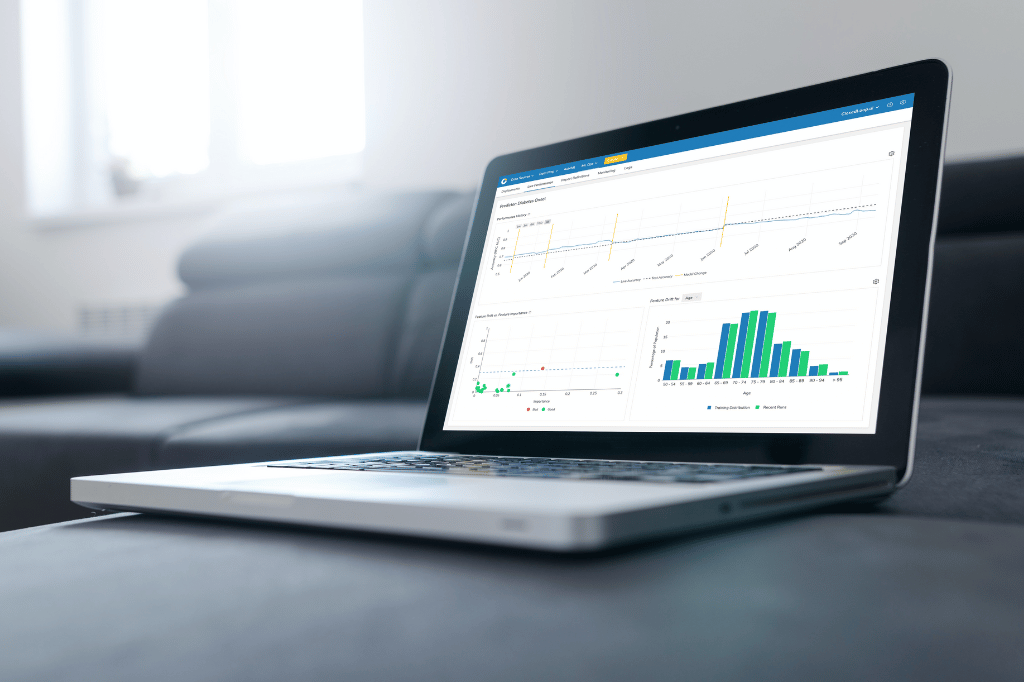Predict | Urinary Tract Infections
Reduce urinary tract infections and improve outcomes.

Urinary tract infections (UTIs) are the most common infections treated in outpatient settings in the U.S. Every year, UTIs are responsible for approximately 400,000 hospitalizations, an estimated seven million office visits, and one million ED visits, resulting in roughly $10 billion in expenditures related to UTI care. Each year, 13,000 deaths are associated with healthcare- acquired UTIs.

BUILT FOR HEALTHCARE
Ingest, normalize, and blend data
from dozens of health data sources.
Electronic Health Records
Unstructured Clinical Notes
e-Prescribing Data
Vital Signs
Remote Monitoring Data
Medical Claims
Rx Claims
ADT Records
Lab Test Results
Social Needs Assessments
Social Determinants of Health
Operations & Services
Risk of admission due to UTI in the next 12 months

Patient ID
Gender
Age
Risk Score Percentile
227818009
Female
65
93
Impact on risk
Contributing factor
Value
Diagnosis of Diabetes (12M)
3
Urine Culture for Bacteriuria
Positive
# of ER Visits (6M)
2
Uninsured Children Percentage Measure
30%
AI INFORMS ACTION
Pinpoint high-risk individuals and surface actionable risk factors.
ClosedLoop generates explainable predictions using thousands of auto-generated, clinically relevant contributing factors.
Encourage
Encourage sufficient fluid intake and promote urinary hygiene
Utilize
Utilize low-dose vaginal estrogen cream (postmenopausal women)
Remove
Remove indwelling catheters without clear urological need
EXPLORE MORE USE CASES
Adverse Glycemic Events & Continuous Glucose Monitoring
Improve glycemic control and avoid adverse outcomes.











